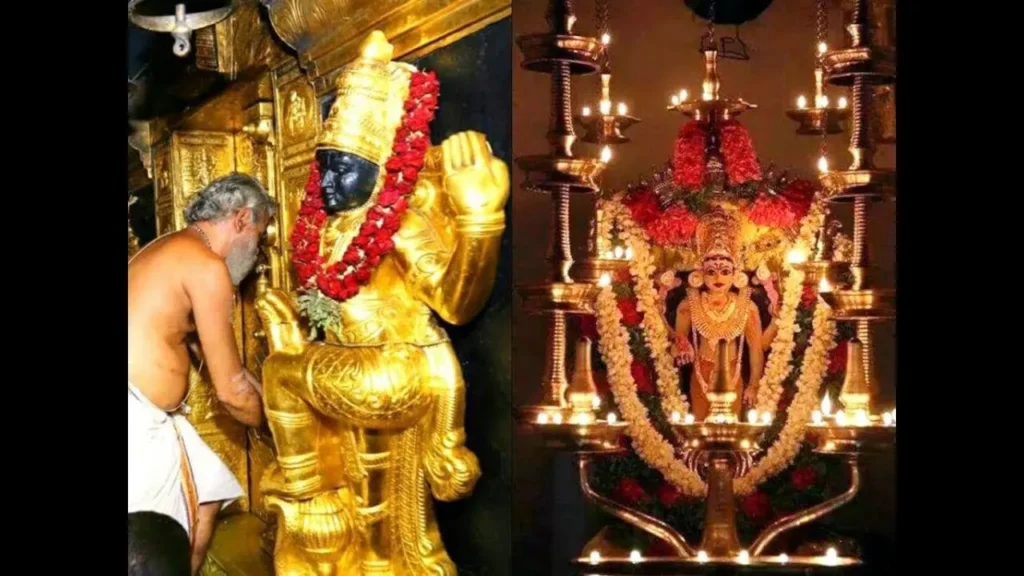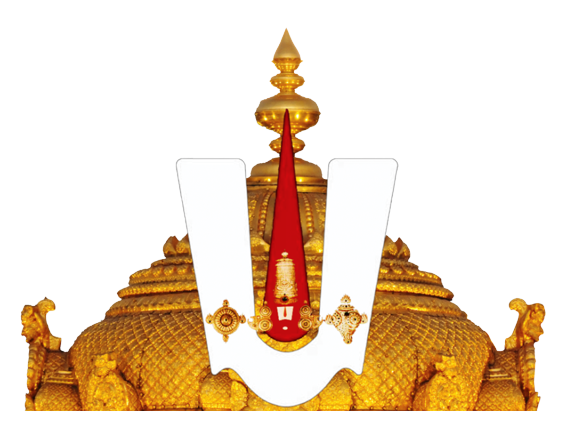Discover why Guruvayur Temple is called the Dwaraka of the South. Learn about its divine connection to Lord Krishna, its Dwaraka-originated idol, spiritual significance, miracles, rituals, and festivals. Plan your visit with detailed travel, timings, and accommodation guides.

Guruvayur, a revered pilgrimage destination in Kerala, is often referred to as the “Dwaraka of the South.” This title is not just an honorific; it reflects the temple’s deep historical, mythological, and cultural connections to Lord Krishna and the legendary city of Dwaraka, the divine abode of the Lord. But what makes Guruvayur so special? Why is it compared to the sacred city of Krishna’s rule?
In this article, we will explore the history, legends, rituals, architecture, and cultural significance of Guruvayur Temple and uncover why it is regarded as the Southern Dwaraka for millions of devotees.
Table of Contents
The Origins of Guruvayur Temple: A Divine Gift from Dwaraka
The history of Guruvayur Temple is closely tied to the submergence of Dwaraka at the end of the Dvapara Yuga. According to Hindu mythology, after Lord Krishna’s departure from Earth, the city of Dwaraka was swallowed by the ocean. However, before this destruction, Krishna entrusted his divine idol to Uddhava, his dear devotee, instructing him to preserve and relocate it to a sacred place.
The Journey of Krishna’s Idol from Dwaraka to Guruvayur
As per Hindu texts, Guru Brihaspati (the preceptor of the Devas) and Vayu (the Wind God) were chosen to find a new home for the idol. Guided by divine intervention, they traveled across Bharat (ancient India) and reached a tranquil spot in Kerala.
At this sacred site, they encountered Lord Shiva and Goddess Parvati, who were residing there. Shiva, recognizing the divine energy of Krishna’s idol, willingly vacated the space and blessed the land. Thus, the temple was built, and the place was named Guruvayur, derived from “Guru” (Brihaspati) and “Vayu” (Wind God).
This legend establishes Guruvayur’s direct connection to Dwaraka, explaining why it is rightfully called the Dwaraka of the South (Hindu Blog).
The Mythological Connection Between Guruvayur and Dwaraka
Guruvayur Temple holds a special place in Hinduism due to its strong Krishna-centric devotion. Here’s how it continues the legacy of Dwaraka:
- The Idol Worshipped in Guruvayur Was Krishna’s Personal Idol
- It is believed to be more than 5,000 years old, originally worshipped in Dwaraka.
- Similar to the idol in Dwaraka, the Guruvayur deity holds a conch (shankha), discus (chakra), mace (gada), and lotus (padma) in his four arms, representing Vishnu’s divine form (Times of India).
- The Rituals and Worship Style Follow Krishna’s Traditions
- The temple rituals closely mirror those of Dwaraka, with elaborate poojas, aarti, and offerings performed just as Krishna commanded.
- Festivals like Guruvayur Ekadasi and Ashtami Rohini (Krishna Janmashtami) are celebrated with the same grandeur as in Dwaraka (AbhiBus).
- Devotees Believe Guruvayur Grants the Same Spiritual Benefits as Dwaraka
- According to devotional texts, those who cannot travel to Dwaraka can attain the same divine blessings by visiting Guruvayur.
The Architectural Grandeur of Guruvayur: A Reflection of Dwaraka
Guruvayur Temple’s architecture, sanctity, and layout echo the traditions of Krishna temples in the North, particularly in Dwaraka.
- Sreekovil (Sanctum Sanctorum) – This inner shrine houses the idol of Guruvayurappan, just as Dwarakadhish Temple in Gujarat enshrines Krishna’s form.
- Golden Flagpost (Dwajasthambam) – A towering golden pillar is erected, signifying spiritual victory, much like in Dwaraka.
- Deepasthambam (Pillar of Lights) – A majestic lamp post in front of the temple remains lit throughout the year, symbolizing divine presence.
- Mural Paintings & Carvings – Walls of the temple depict Krishna’s leelas (divine plays), mirroring the paintings found in Dwaraka’s temples (Vidzone).
The Spiritual Significance of Guruvayur Temple
Many saints, poets, and scholars have extolled the greatness of Guruvayur, reinforcing its title as the Southern Dwaraka.
1. Guruvayur is a Place of Divine Healing
- Legend of King Janamejaya – The Pandava king, suffering from leprosy, was cured after praying at Guruvayur Temple. This is akin to the healing stories in Dwaraka, where Krishna is believed to have cured many devotees (Hindupedia).
2. Miracles of Guruvayur: Echoes of Krishna’s Presence
- Devotees believe that Krishna himself appears at Guruvayur in times of distress, just as he did for the people of Dwaraka.
- Many visitors have reported miraculous healings, divine visions, and inexplicable blessings after praying here (Temple Purohit).
Festivals and Rituals: Keeping Dwaraka’s Legacy Alive
The Guruvayur Temple is renowned for its grand celebrations, reminiscent of Dwaraka’s festive traditions.
- Guruvayur Ekadasi – The most important festival, similar to Dwaraka’s Ekadasi, attracts millions of devotees every year.
- Ashtami Rohini (Krishna Janmashtami) – Krishna’s birth anniversary is celebrated with deep devotion, featuring cultural performances, grand poojas, and temple processions.
- Mandala Pooja & Makaravilakku – These special offerings mark the temple’s alignment with celestial events, similar to observances at Krishna’s northern shrines.
How to Visit Guruvayur and Experience Its Spiritual Bliss
Travel & Connectivity
- By Air – The nearest airport is Cochin International Airport (COK), 80 km away.
- By Train – Guruvayur Railway Station (GUV) connects major South Indian cities.
- By Road – Regular buses operate from Thrissur, Kochi, and Bangalore.
Temple Timings
| Ritual | Timing |
|---|---|
| Nirmalyam | 3:00 AM |
| Usha Pooja | 6:00 AM |
| Seeveli | 7:00 AM |
| Ucha Pooja | 11:30 AM |
| Deeparadhana | 6:00 PM |
| Athazha Pooja | 8:30 PM |
| Temple Closure | 9:15 PM |
Dress Code
- Men: White mundu/dhoti, no shirts allowed.
- Women: Sarees, salwar kameez, or long skirts.
Conclusion: The Eternal Link Between Dwaraka and Guruvayu
Guruvayur is not just a temple; it is a sacred continuation of Krishna’s divine presence in the South of India. From its Dwaraka-originated idol to its festivals, architecture, and divine miracles, the temple remains an unbroken link to Lord Krishna’s celestial abode.
For devotees who cannot visit Dwaraka, Guruvayur offers the same divine blessings—making it rightfully the Dwaraka of the South.
Author: Dr. Lakshmi Narayana Sharma
📧 Email: [email protected]

